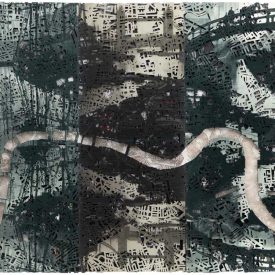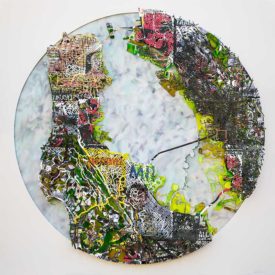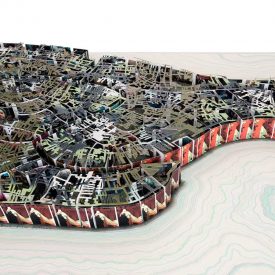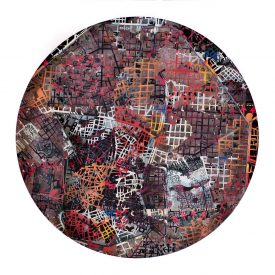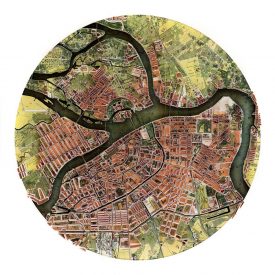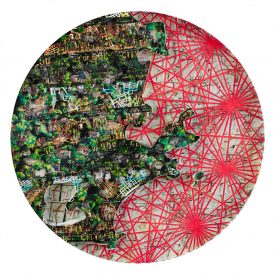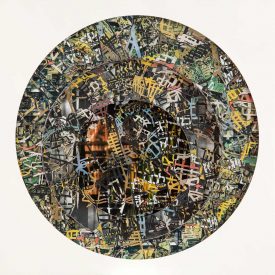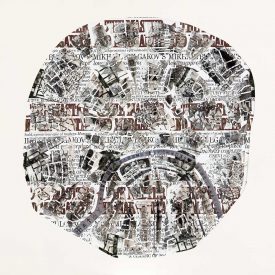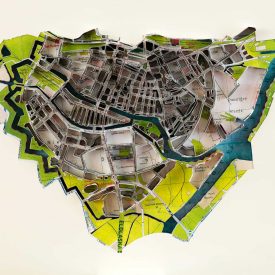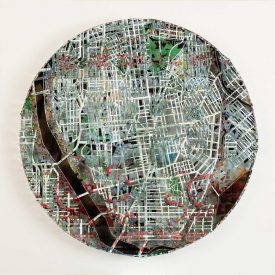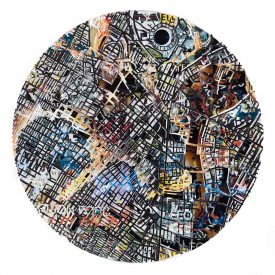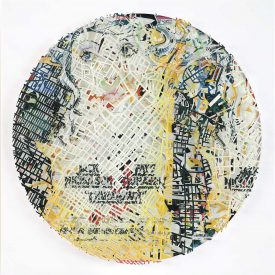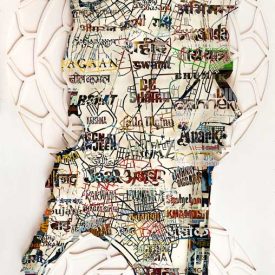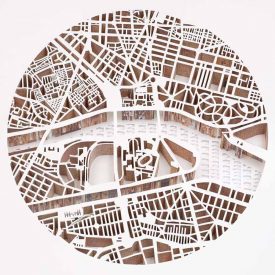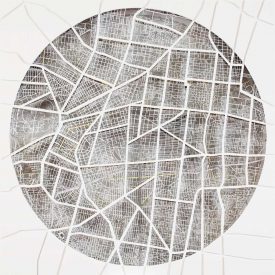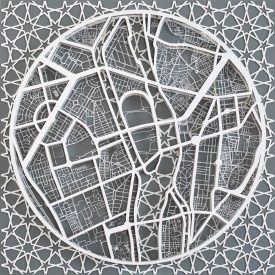Perhaps no other city in the world has been so extensively fictionalized, where the line between actual history and that of a screen play are so completely blurred and intertwined. For all the extravagance of imagination that the writers and film makers may have had, there was always a corresponding history, every bit as fantastical as the celluloid fiction. For example the Los Angeles Times said of the 1999 LAPD rampart scandal “Even the fictionalized treatments of Police corruption from Raymond Chandler to Hollywood’s gangster pictures, did not defame it”. The Rampart scandal involved the LAPD in the resale of confiscated cocaine, and was another episode in a very long history of corruption
The evolution of the American Dream was being played out very visibly in the first half of the twentieth century in Los Angeles, simultaneously being fictionalized and filmed. Hundreds of thousands of people were drawn into this breakneck development of the city, many left marginalized and desperate, human life was cheap and expendable. The development of Los Angeles during this period was marked by an enduring corruption within the Police force, the political establishment and the business community. It was a world in which leading figures in the film industry socialized with celebrity gangsters like Mickey Cohen, one in which the LAPD were often accomplices.
Film Noir was the dark mirror to the conflated ego and conspicuous wealth of this new city, a portrayal of the corruption that seemed to infect the entire development of Los Angeles and the consequent corruption of the human soul. Roman Polanski’s “Chinatown” famously bought to light the greed and duplicity surrounding the acquisition of the Owens valley water rights by some of the leading business and political figures in the 1920s. Film Noir had many novels to draw upon, from Raymond Chandlers “Big Sleep” to the more recent novels of James Elroy. The twentieth century history of Los Angeles provided fertile territory, with a seemingly inexhaustible supply of ghastly crimes, (The Black Dahlia case for instance) the dishonest and unscrupulous business dealings between organized crime, the police force and the establishment. There was almost no need for invention, embellishment or exaggeration, it had already happened in history.
Los Angeles #2 is created from a cut through poster of the classic neo noir film “Bladerunner” behind this are fragmented book covers from some of the classics of Noir fiction to have emerged from Los Angeles, including: The Big Nowhere, White Jazz, LA Confidential and The Black Dahlia, by James Elroy, Mildred Pierce and Double Indemnity by James McCain, The Day of The Locust, by Nathaniel West, The Big Sleep, The Long Goodbye and Farewell my Lovely by Raymond Chandler, They Shoot Horses Don’t They, by Horace McCoy, Dreams from Bunker hill by John Fante Hollywood Babylon by Kenneth Angers and the classic documentary studies City of Quartz by Mike Davis and Southern California by Carey Mc Williams. In between these layers and following the main street are lines of text and quotes relating to the history of Los Angeles. Finally the quote which runs the circumference of the work is by Carey Mc Williams from the 1940s “The belief in some awful fate that will some day engulf the region is widespread and persistent”
